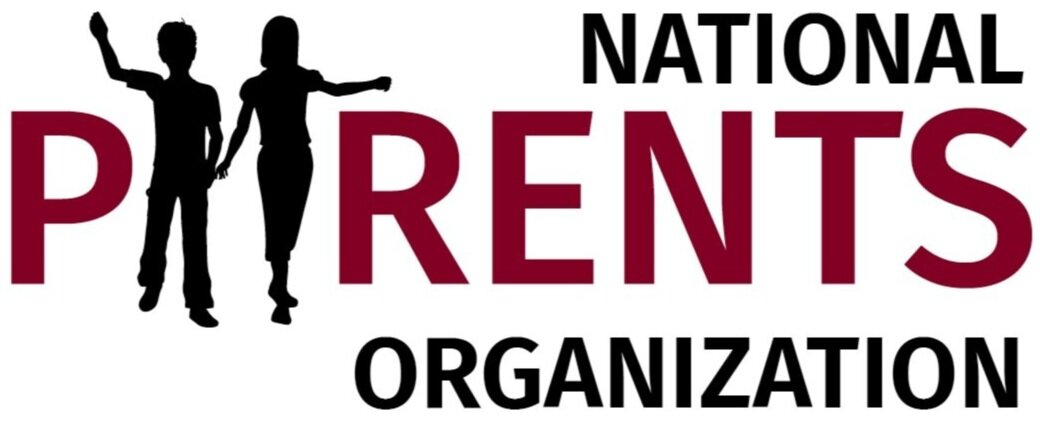Child Support and the Cost of Raising Children
National Parents Organization (NPO) recognizes the importance of a child support program. Children need financial support and the responsibility for such support lies, first, with both of the parents. NPO also recognizes the importance of the nonfinancial ways in which both parents support and nurture their children. We believe that substantially equal shared parenting is necessary for children to receive these nonfinancial benefits.
The current child support system was created with the best of intentions—to provide adequate financial support to children whose parents are living apart. Nevertheless, because the federal government relied on states to develop the guidelines without imposing significant constraints on doing so, and a failure to recognize the unintended effects of excessive child support obligations, current child support practices too often fail to achieve the intended goals of the program.
NPO supports reasonable child support obligations that are based on the expected costs of raising a child and apportioned between the child’s two households based on the expected child-related expenses in each home. NPO opposes child support laws and policies that create deterrents to shared parenting, which has been shown to be in children’s best interest in most cases.
Through its research, NPO has identified a number of problems with the current child support guidelines and policies. These problems and proposed solutions to them are outlined in its NPO Issues in Child Support booklet.
To illustrate the wide variations in child support orders between states and the degree to which they diverge from what would be ordered based on estimated costs of raising a child, NPO has produced this map, on which we present for each state two financial figures applicable to a specific scenario. The scenario and these two figures require explanation.
Scenario: NPO used a scenario in which the two parents have one child between them who is subject to a child support order. In this scenario, we assume that the recipient parent has an annual income of $45,000 and the payer parent has an annual income of $55,000. (These figures are based on data about typical family incomes.) In this scenario, the USDA estimates that child-related expenses are, on average, $12,980.
In calculating the Current Monthly Basic Support for the state, we assume that the payer parent has physical custody of the child 35% of the time. This is the amount of parenting time that most researchers define as joint physical custody and the minimum amount of time that NPO considers to constitute shared parenting. Note: this is not the typical amount of time that payer parents have custody of their children.Current Monthly Basic Support: This is the basic child support amount that the payer parent would be ordered to pay the recipient parent under the current state guidelines. It excludes the other two elements of a full child support order—health care and child care—which are add-ons to this basic support amount. Note: because payer parents typically have less parenting time than the 35% assumed in our scenario, in those states with parenting time adjustments to their basic child support guidelines, parents will typically pay more, sometimes significantly more, than this.
Basic Support Based on USDA Cost of Raising a Child, 35% Parenting Time: This figure is based on the estimate from the U.S. Department of Agriculture of the child related expenses for one child in a middle income family, adjusted for the cost of living in the state. Like the Current Basic Support figure, this excludes health care and child care. This figure also removes from the USDA estimates housing costs because the children have two homes and, so, each parent is contributing to the children’s housing costs directly in their own home.

